2025.10.14 Zhidian Diao, et al., Nat Commun
AI-powered high-throughput digital colony picker platform for sorting microbial strains by multi-modal phenotypes
AREA OF INTEREST
Industrial Biotech
SPECIES
Bacteria
2025.07.17 Xiaotong Ji, Xixian Wang, et al., Biotechnol Biofuels Bioprod
Label-free isolation of lipid-rich Saccharomyces cerevisiae mutant by high-throughput flow-mode Raman-activated cell sorting and multi-omics analysis for uncovering the mechanism of enhanced lipid accumulation
AREA OF INTEREST
Industrial Biotech
SPECIES
Yeast
2025.06.24 Zhidian Diao, Anle Ge, et al., Sens Actuators B-Chem
Rapid quantitative detection, identification and antimicrobial susceptibility testing of pathogens in blood using the static droplet array (SDA) chip-based method
AREA OF INTEREST
Medicine
SPECIES
Bacteria
2025.06.14 Xiaoyan Jing, et al., Water Res
Mining robust in situ phosphorus-accumulating organisms via single-celRACS-Culture for rational ecosystem engineering
AREA OF INTEREST
Environment and Agriculture
SPECIES
Microbiome
2025.05.30 Xixian Wang, Sen Wang, Zhidian Diao, Xibao Hou, et al., Proc Natl Acad Sci U S A
Label-free high-throughput live-cell sorting of genome-wide random mutagenesis libraries for metabolic traits by Raman flow cytometry
AREA OF INTEREST
Industrial Biotech
SPECIES
Fungi
2025.05.19 Jia Zhang, Jianmei Wang, Pengfei Zhu, Zhidian Diao, et al., iMetaOmics
Raman flow cytometry based single-cell species classification, viable-cell counting and vitality test for probiotic products
AREA OF INTEREST
Industrial Biotech
SPECIES
Bacteria



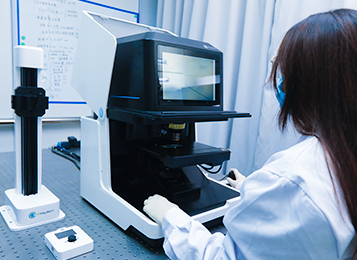
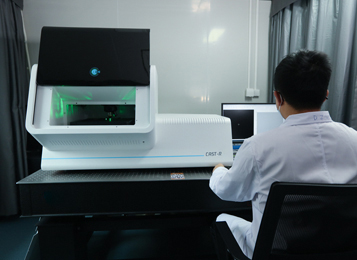
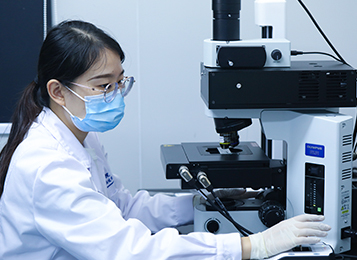
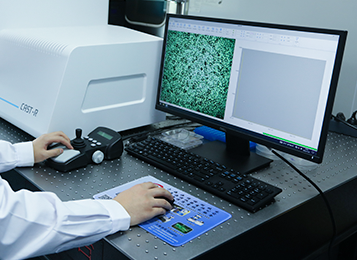
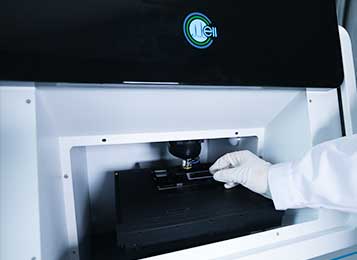






 鲁公网安备37021202001515
鲁公网安备37021202001515


